9 National Trust Properties in Cornwall You Have to Visit
Enjoy exploring these beautiful National Trust properties in Cornwall. We’ve have picked out the best National Trust properties and...
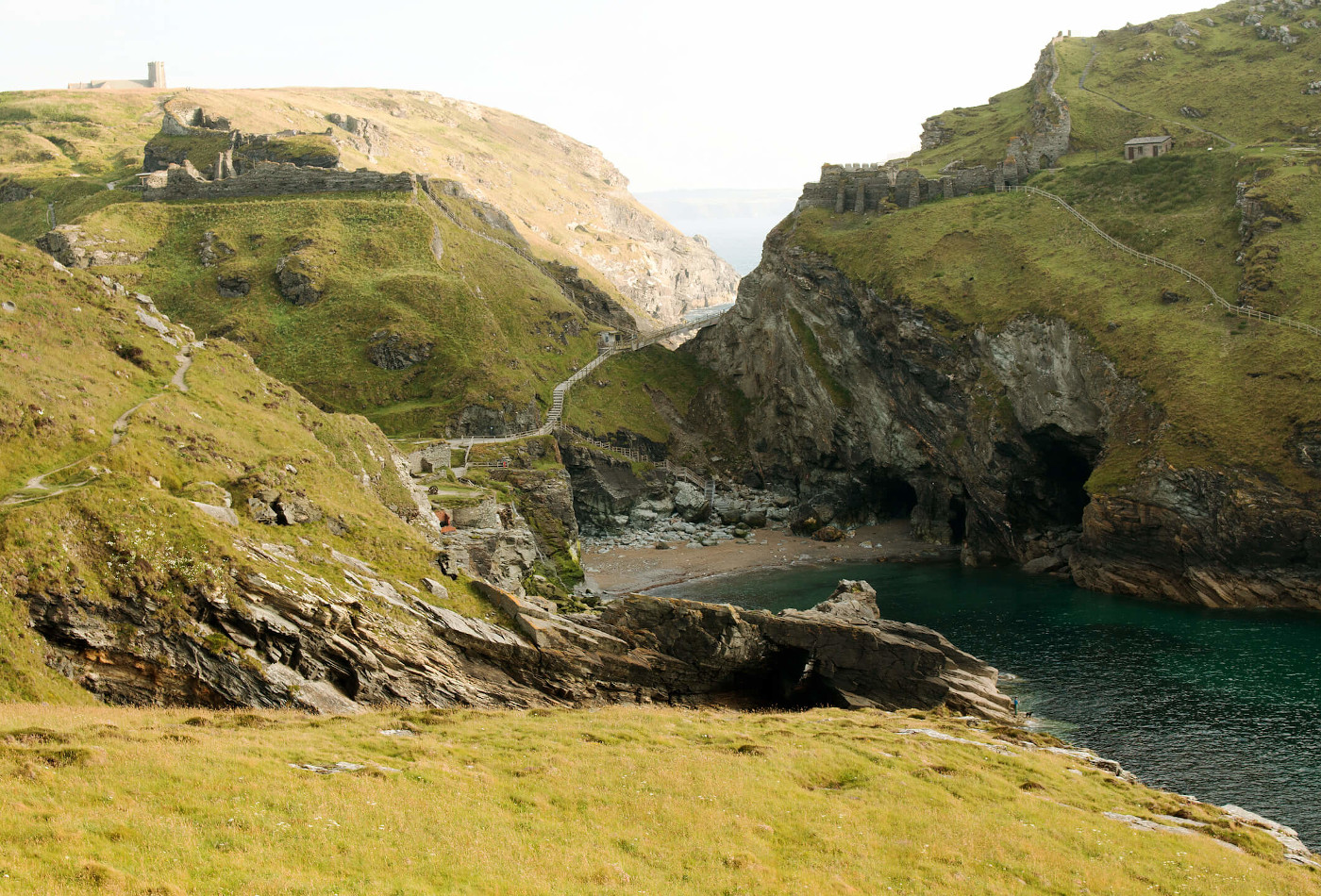
Cornwall is a county steeped in folklore, myth and legend. Heavily influenced by the wild and rugged landscape, tales of Cornish piskies, sea spirits, mermaids and giants have been passed down over hundreds of years by droll tellers (story tellers). Many stories have become the inspiration for children’s books and films that today are known all over the world.
Read on for tales of Cornish myths and legends and the real life locations in Cornwall that have inspired them.
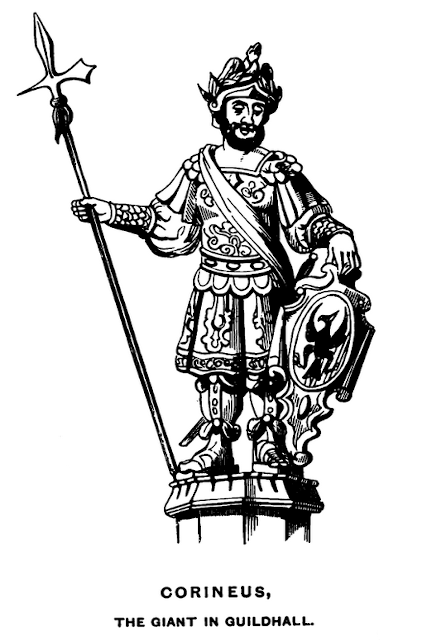
In medieval legend Corineus was known as the founder and first Duke of Cornwall. In Geoffrey of Monmouth’s History of the Kings of Britain, Corineus is reported to be a great warrior and descendant of the Trojans. Following an encounter with Brutus, himself a descendant of a Trojan prince, Corineus agrees to join Brutus in his search for Albion, placing himself second in command of the army.
During a stop in Gaul for supplies, Corineus provokes King Goffarius by hunting in his forests and killing one of the King’s ambassadors. This results in a costly war with both sides losing many men. Corineus eventually defeats Goffarius by sneaking behind his men and launching an attack whilst they are already engaged in fighting Brutus and his forces.
On landing on Albion the men discover a number giants roaming the land. They kill the majority but capture their leader, Gogmagog, to face Corineus in a wrestling match. The match takes place in Plymouth with Corineus winning by throwing the giant off the nearby cliffs. Brutus renames Albion after himself, eventually becoming Britain, and Corineus is rewarded for his bravery with the gift of the south west. The area becomes what we know today as Cornwall.
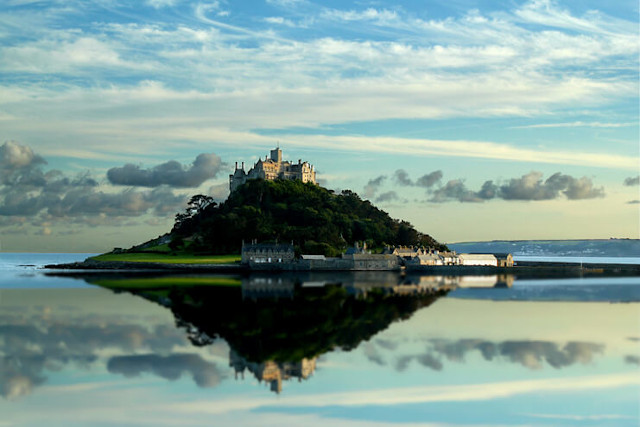
According to folklore, Cormoran the Giant is said to have created the tidal island of St Michael’s Mount. In the legend, Cormoran carries boulders across the sea from the mainland and is also helped by his wife Cormelian, who carries giant granite blocks in her apron. He would often walk across to the mainland at low tide and eat livestock and even men, women and children. He caused so much trouble to the villagers that a reward of his treasure and possessions was offered to anyone who could stop him.
A local farm boy named Jack was eager to help and swam across to the island at night. He spent the whole night digging a deep pit and in the morning woke Cormoran up with a start, goading him to chase after him. Cormoran, confused and groggy from being woken abruptly, chases Jack but falls straight into the pit. Quick as a flash Jack grabs the pickaxe and kills the giant instantly. The title of Jack the Giant-killer is born and Jack would go on to fight many more giants.
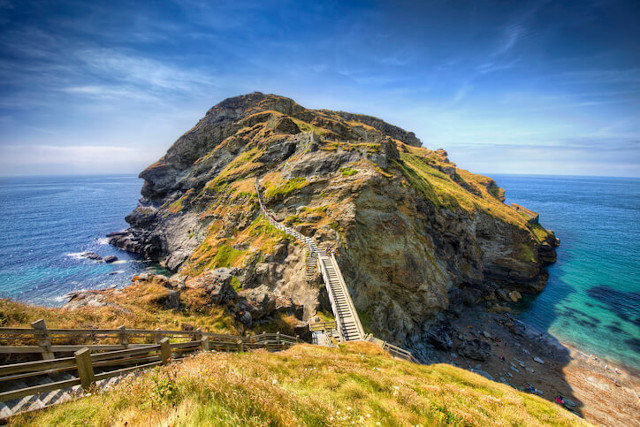
The legend of King Arthur is famous all over the world with many plays, novels and films based on the medieval leader. The true existence of King Arthur has been debated for years with some historians believing that he is a real figure, based on early manuscripts and accounts in Geoffrey of Monmouth’s History of the Kings of Britain. Modern historians however generally agree there is no substantive evidence to support his historical existence.
Whether fact or fiction, King Arthur is rooted in Cornish history and folklore. From his conception at one of the most famous landmarks in Cornwall, Tintagel Castle, to meeting with the Lady of the Lake at Dozmary Pool and his final battle at Slaughterbridge, Arthurian legend is etched all across Cornwall. Today, visitors to Cornwall can follow The King Arthur Trail and trace his epic footsteps across this mystical county.
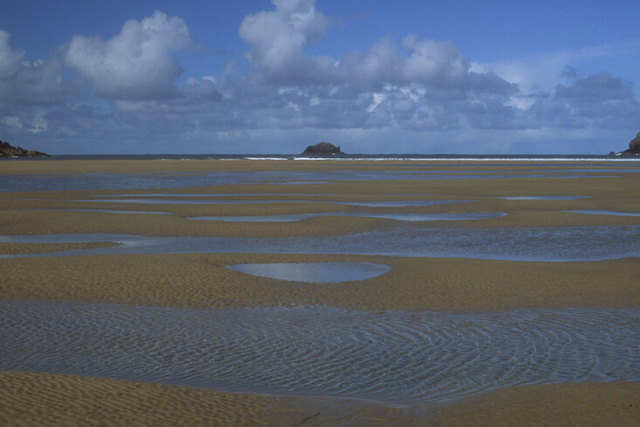
This legend has a few different versions but the outcome is always the same – a curse placed on the harbour by the Mermaid of Padstow. It begins with the mermaid sitting on a rock. One version of the tale is that a man passing by falls in love with her but when she rejects his marriage proposal he shoots her in retaliation. Another version told is that the mermaid falls in love with the man and tries to lure him underwater. In order to escape the man is forced to shoot the mermaid. On both occasions the mermaid enacts her revenge by cursing the harbour with a “bar of doom”. On that evening a terrible storm rages and when it subsides by the morning there is a sandbar covered with the wrecks of ships and men who had lost their lives.
The Doom Bar is still renowned as a dangerous place for passing ships and has accounted for over 600 shipwrecks since records began. More recently it has inspired the name of the UK’s most popular cask ale, brewed by Sharp’s brewery in Rock, Cornwall.
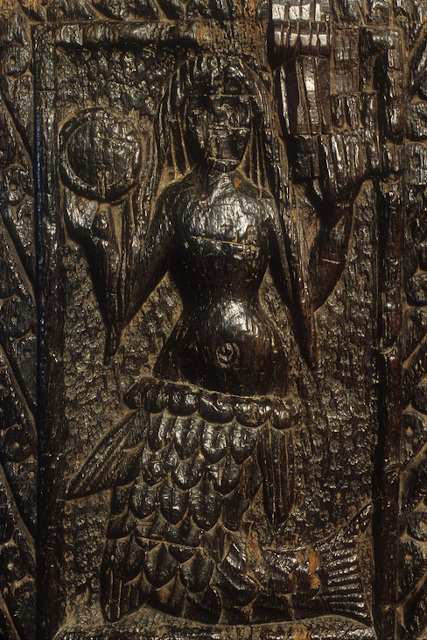
In St Senara’s Church in Zennor, is a 600 year old wooden bench with an image carved into the wood of a woman with long, flowing hair. In one hand she holds a mirror and in the other she holds a comb. The bench is known as the Mermaid Chair and the woman depicted is known as the Mermaid of Zennor.
According to legend, many years ago, a beautiful, mysterious woman suddenly started attending the church service in Zennor. She did not live in the village and no one had any clue where she came from.
A local man, Matthew Trewella, enamoured by her beauty and encouraged by the woman glancing over and smiling at him, resolved to talk to her and find out more about her. After one church service Matthew followed the woman towards the cliffs but was never seen again.
A few years later a ship anchored not far from Zennor, but oddly moved its position only minutes later. The captain of the ship attended the church service in Zennor and had a most unusual tale to tell the congregation. Not long after setting anchor the captain heard a beautiful voice calling out to him. A mermaid appeared from the water and asked if he could move the anchor as it had blocked the door to her house, leaving her husband and children stuck inside. She revealed that she was the mermaid who had visited Zennor years before and had married Matthew. The churchgoers commemorated this event by carving the image of the mermaid in the bench she sat in when she visited the church.
 [
[
Modern day myth or just a trick of the light? There have been numerous sightings over the years of a giant, black beast lurking on the moor. Sightings and reports of a large cat became so frequent that the Ministry of Agriculture conducted an official investigation into the claims in 1995. They found no evidence whatsoever to substantiate the claims and declared there was no threat to livestock or human lives in the area.
However, that hasn’t stopped the sightings. Several photographs and videos have emerged since showing a cat-like animal with a long body and tail. One possible explanation has come to light in the last couple of years. There have been stories that three pumas, moved from Plymouth Zoo to Dartmoor Zoo in 1978 never arrived at their new home. Might this explain the sightings of the legendary Beast of Bodmin?
Want to explore these locations for yourself and learn more about Cornish folklore? We have a huge range of holiday cottages in Cornwall to choose from.